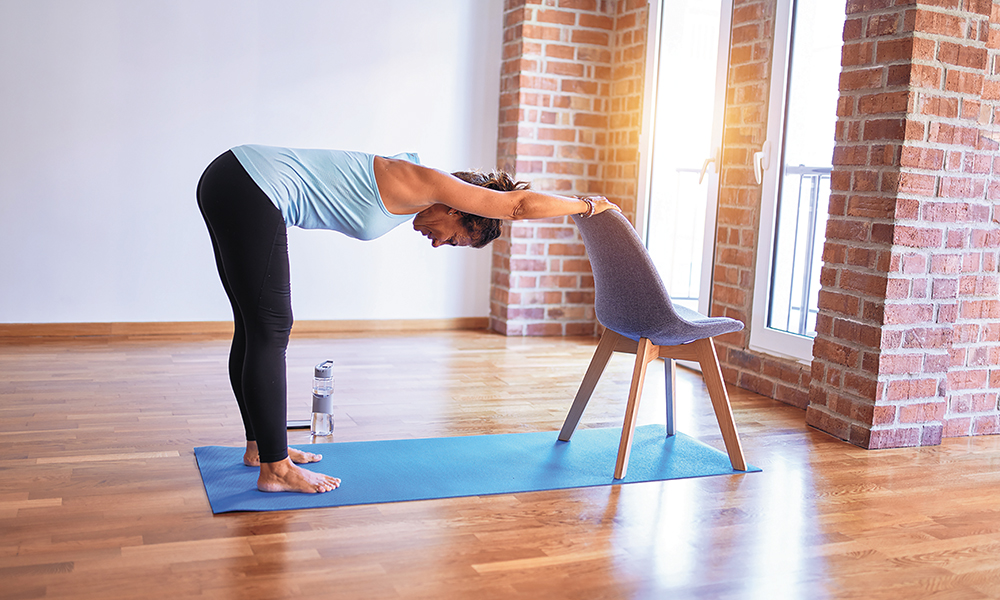Living with chronic pain can be incredibly challenging. It affects not only physical well-being but also mental and emotional health. Traditional medical treatments often focus solely on symptom management, leaving individuals searching for alternative approaches to find relief. One such approach is yoga, which has gained popularity as an effective tool for managing chronic pain.
The Benefits of Yoga for Chronic Pain
Yoga offers a holistic approach to chronic pain management, addressing the body, mind, and spirit. It provides numerous benefits that can help individuals cope with their pain:
- Improved Flexibility and Strength: Practicing yoga regularly helps improve flexibility and strength, reducing muscle tension and enhancing overall physical well-being.
- Stress Reduction: Chronic pain often leads to increased stress, which can exacerbate symptoms. Yoga incorporates deep breathing exercises and meditation, promoting relaxation and reducing stress levels.
- Pain Relief: Certain yoga postures and stretches can target specific areas of the body, providing relief from chronic pain. As individuals become more attuned to their bodies through yoga, they can better understand and manage their pain.
- Improved Sleep: Chronic pain can disrupt sleep patterns, leading to fatigue and decreased quality of life. By practicing yoga, individuals may experience improved sleep, which can positively impact pain management.
- Enhanced Mind-Body Connection: Yoga encourages individuals to connect with their bodies, fostering a greater awareness of sensations and pain triggers. This mind-body connection can lead to more effective pain management strategies.
Choosing the Right Yoga Practice

With the multitude of yoga styles available, it is important for individuals with chronic pain to choose a practice that suits their specific needs:
- Gentle Yoga: Gentle or restorative yoga is ideal for those with chronic pain as it focuses on slow and gentle movements. This practice helps to ease tension and promote relaxation.
- Hatha Yoga: Hatha yoga combines physical postures and breathing exercises, making it suitable for individuals seeking a balanced and moderate practice.
- Yin Yoga: Yin yoga involves holding poses for an extended period, targeting deep connective tissues. It can be beneficial for individuals with chronic pain as it helps release tension and increase flexibility.
Seeking Guidance and Modifications
When practicing yoga for chronic pain, it is essential to seek guidance from a qualified yoga instructor who understands the specific needs and limitations associated with pain management. They can provide modifications and ensure that the practice is safe and effective.
It’s important to listen to your body and not push beyond your limits. Communicate openly with your instructor about your pain levels and any concerns you may have.
Yoga can be a valuable tool for individuals seeking relief from chronic pain. By incorporating gentle movements, deep breathing, and relaxation techniques, yoga offers a holistic approach to pain management. It helps improve flexibility, reduce stress, provide pain relief, enhance sleep, and foster a stronger mind-body connection. Remember to choose the right yoga practice for your needs and seek guidance from a qualified instructor to ensure a safe and effective experience.


